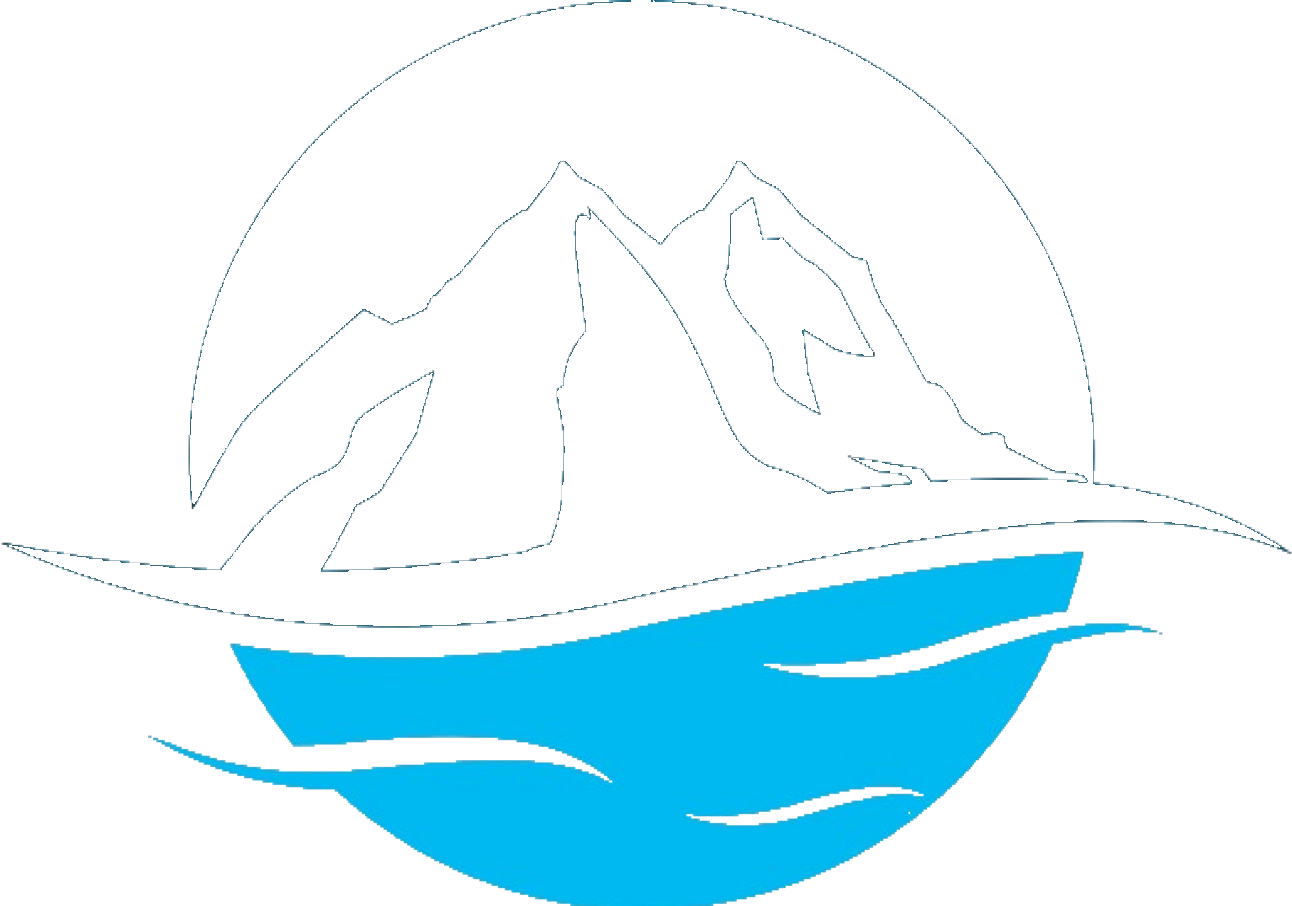 SNOFLO
SNOFLO- Login
- Climate ►
- Recreation ►
- Tools ►
 SNOFLO
SNOFLO
Utah's reservoirs and dams currently exhibit a mix of conditions, with some experiencing higher than average storage levels while others are below expected values for this time of year. The Stewart Lake Outflow near Jensen is notably lower with a streamflow of 1 ft³/s compared to its average of 2.45 ft³/s, which may indicate concerns for downstream water availability. Conversely, Utah Lake and Trial Lake are well above their average storage levels, with Utah Lake at 860,545 acre-feet (significantly higher than its average of 629,025.31 acre-feet) and Trial Lake at 1,317 acre-feet against an average of 947.36 acre-feet. These discrepancies in storage could be related to abnormal weather patterns, including snowpack levels and river flows.
According to the State water report and the Utah Division of Water Resources, while some regions face potential water scarcity due to lower snowpack and river flow levels, other areas benefit from ample snowfall and runoff. For instance, Strawberry Reservoir has expanded storage reaching 1,001,270 acre-feet, far above its average of 791,605.45 acre-feet, which aligns with the expectation of a boost in the Great Salt Lake projects as reported by Deseret News. However, Washington Lake's storage is critically low at 392 acre-feet, compared to an average of 1,466.57 acre-feet, which could be indicative of the snow drought conditions highlighted by Drought.gov. The mixed conditions across Utah's water storage infrastructure underscore the uneven impact of climate variability on the state's water resources, as echoed in the concerns raised by KPCW and Deseret News regarding the state's readiness to face water scarcity challenges. To maintain a balanced perspective on Utah's water security, it is crucial to continuously monitor these variations and adapt water management practices accordingly.
| Name | Year Built | Normal Storage | Dam Height | Max Discharge | Hazard Potential | Drainage Area |
|---|
